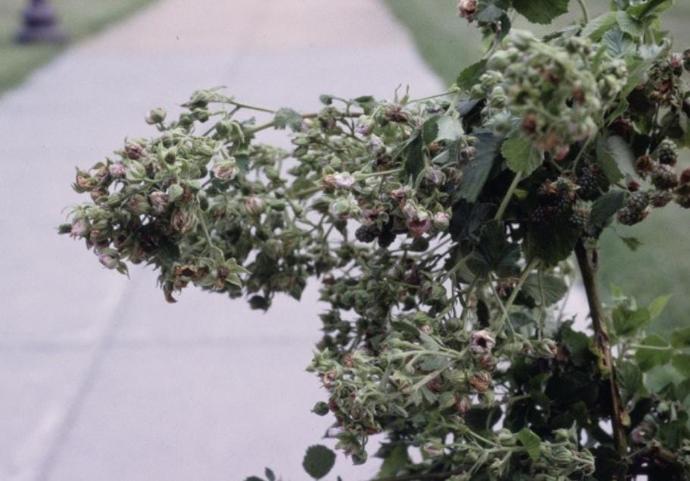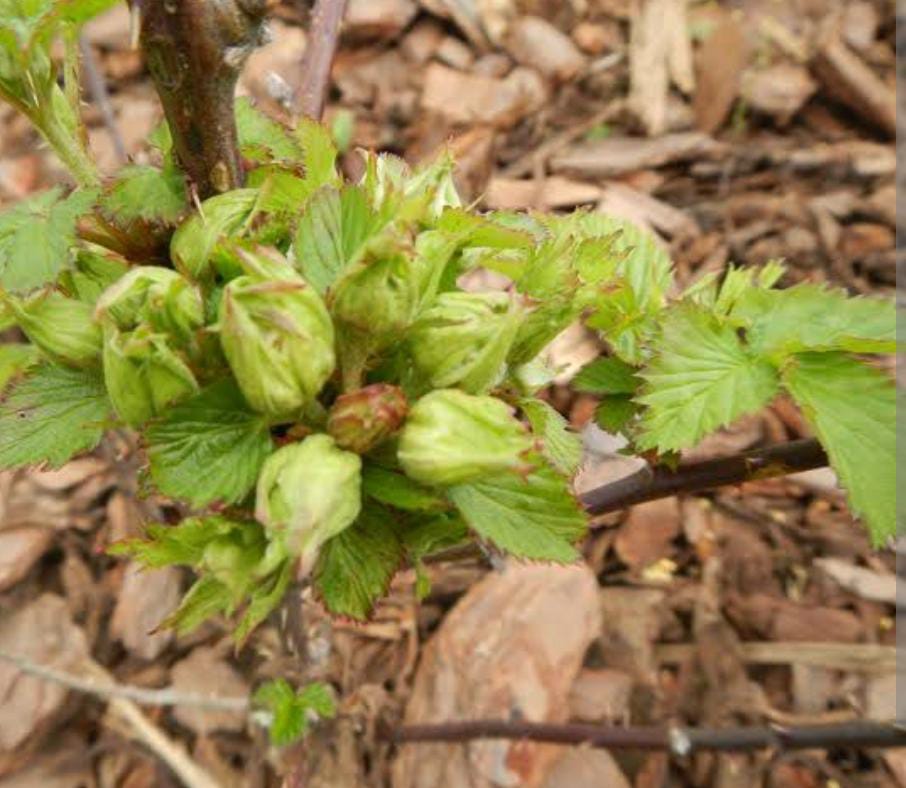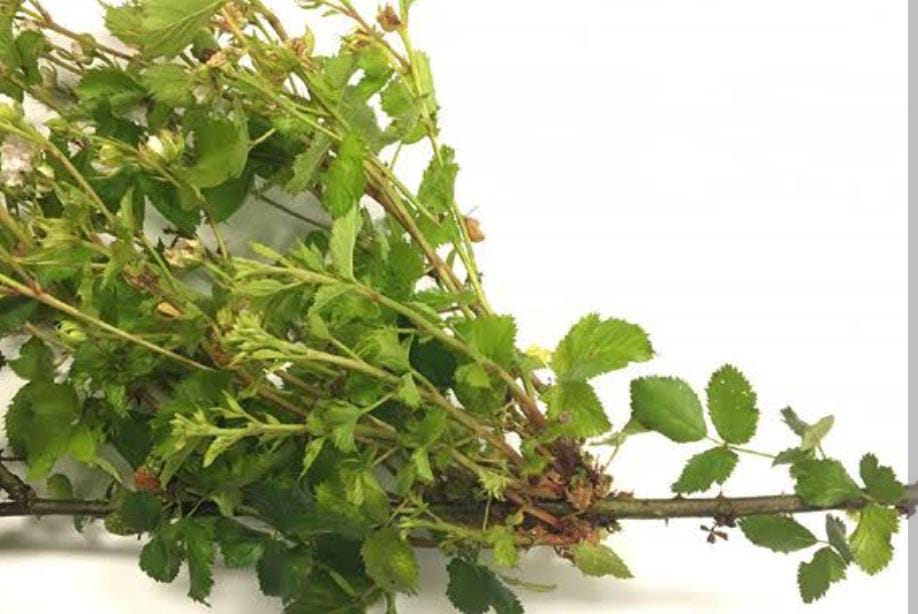Blackberry
Blackberry shrubs, 3-6 feet in height and suitable for Zones 5-9, grow rapidly in well-drained soil under full sun to partial shade. Known for their edible berries, blackberries are a popular choice for home gardens.

Habit
Shrub
Height
1-3 m
Growth
Fast
Soil
Well-drained, loamy
Shade
Full Sun to partial shade
Moisture
Moderate
Edible
Yes
Medicinal
Yes
Origin
Europe, Asia
Climatic Condition
Temperate
Temperature (°)
15-25°C
Humidity (%)
60-80%
Potting media
Loamy + Organic matter
Fertilizers
Balanced NPK (10:10:10)
Watering
Regular watering
Plant Weight
150-250 g
Flowering Time
Summer
Soil Ph level
5.5-6.5
Water Ph level
6.0-6.5
Soil EC
0.8 dS/m
Yield Per Plant
4.5 - 20 pounds per plant
NPK ratio
10:10:10
life Span
3-5 years
Health Benefits
Edible berries, high in antioxidants
Suggested Grow Media or Potting Mix ?
50% loamy soil, 30% compost, 20% sand
Suggested Fertigation/Fertilizers
Fertilize every 4 weeks with a balanced fertilizer during growing season.
Common Diseases and Remedies
Anthracnose, Orange Rust, Cane Blight, Powdery Mildew, Leaf Spot
Leaves thicken and curl much, Flowers with distorted petals and enlarged sepals which gives the appearance of a double flower
pruning.
HEALTH BENEFITS
· Rich in vitamin C, fiber, and antioxidants, supporting immune and digestive health.
· Helps maintain healthy blood sugar levels.
· Anti-inflammatory and supports brain function.
What Is An Blackberry Tree?
The blackberry plant is a perennial shrub that produces edible fruits known as blackberries. These plants belong to the Rubus genus and belong to the Rosaceae family.
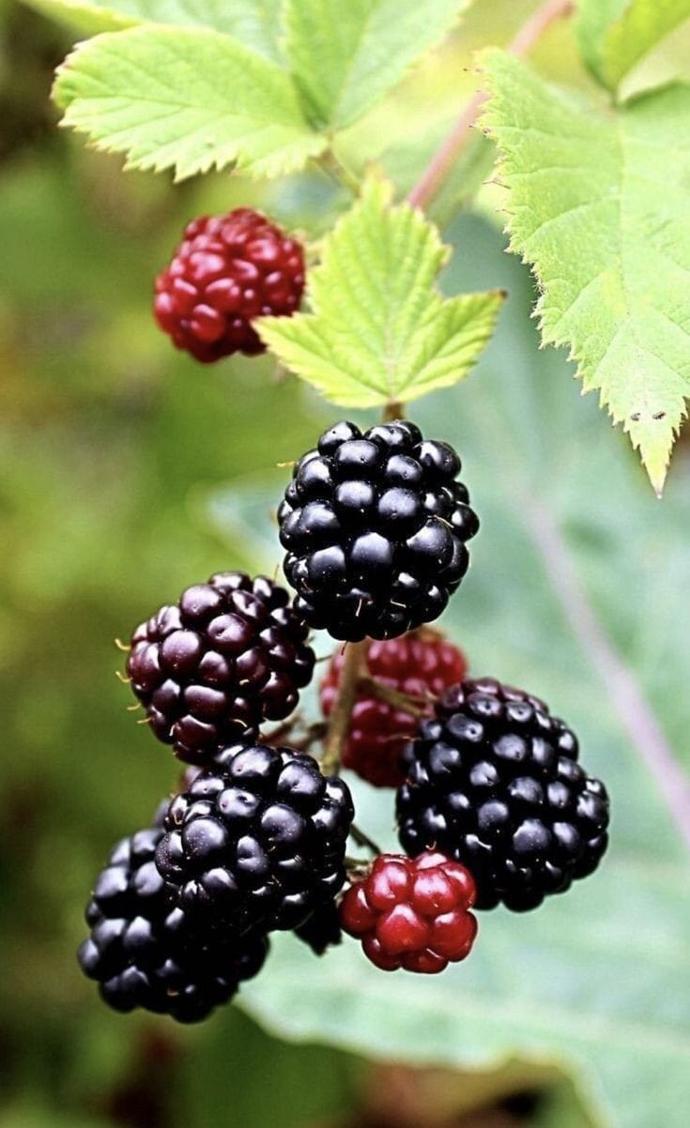
What Are The Different Types Of Blackberry ?
1. Upright thornless blackberry
This variety is upright and thornless, making it easy to harvest. Thornless Blackberry: These plants have drooping canes and are also thornless, making them suitable for crawling and dragging on the ground.
2. Semi-erect blackberry
These varieties have a combination of upright and drooping canes and may have some thorns.
3. Wild or Everbearing Blackberries
These are native blackberries with different growth habits and fruiting times.
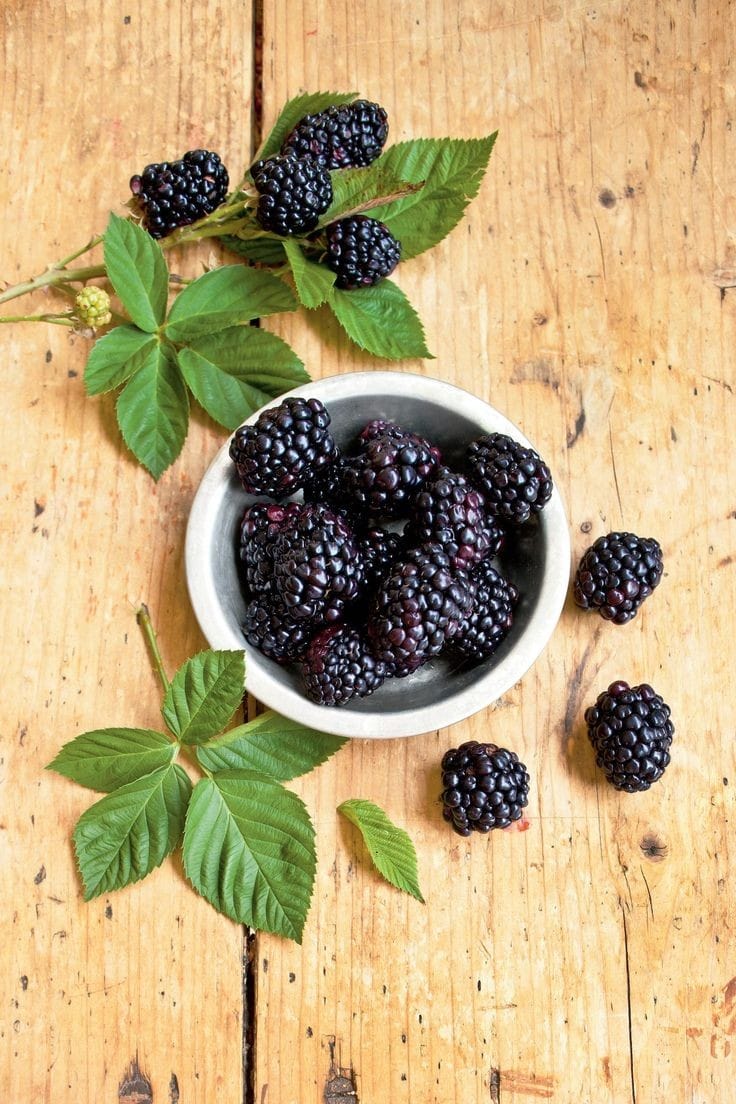
How to Care Blackberry Plants ?
1. Location
Choose a location with well-drained soil and full sun.
2. Sunshine
Blackberry plants thrive in full sun. Therefore, try to get at least 6-8 hours of sunlight every day.
3. Soil
Plant blackberries in well-drained, loamy soil with a pH of 5.5 to 7.0.
4. Hydration
Keep the soil moist, but avoid flooding, especially during the growing season.
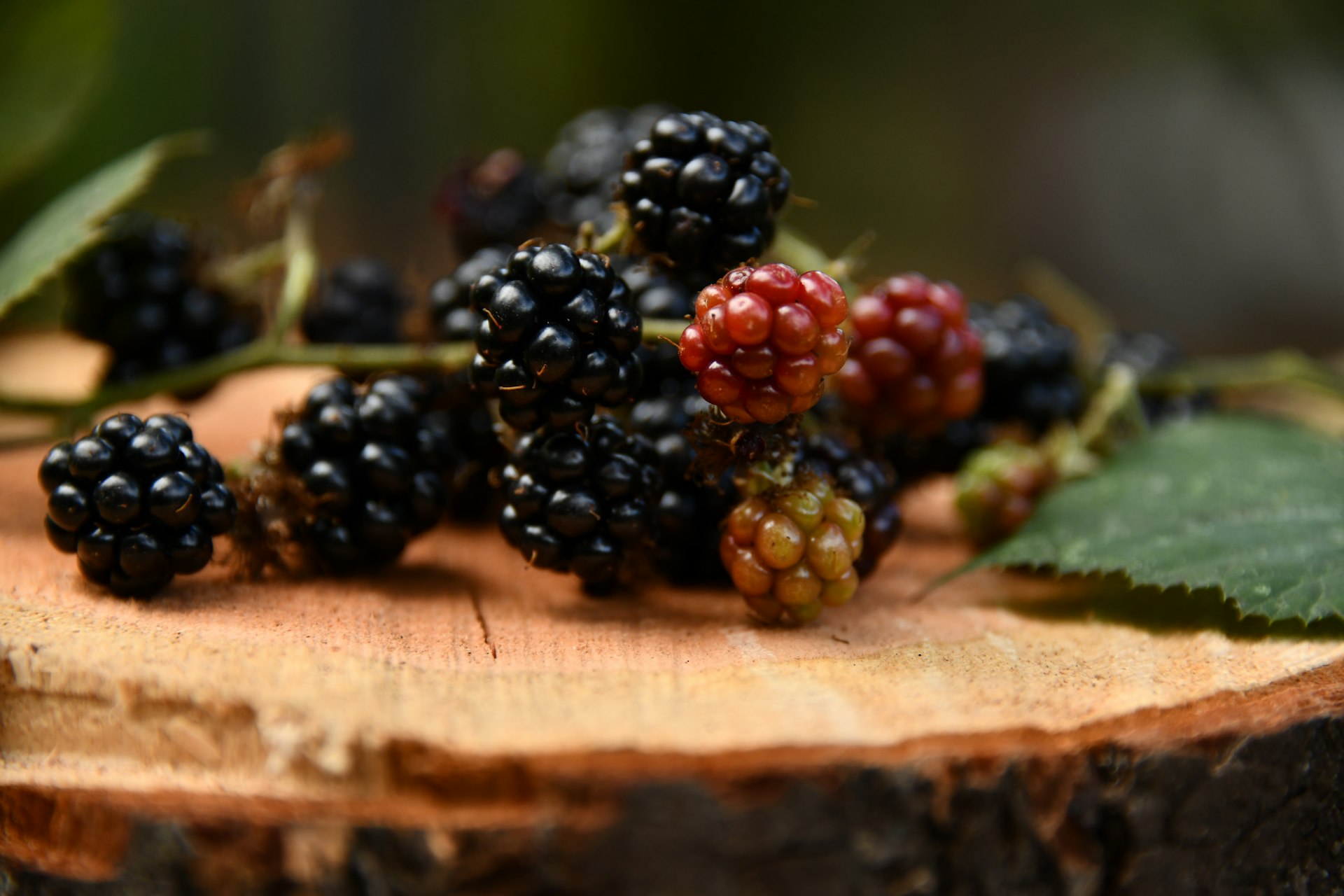
5. Dypsis Prestoniana
Feed blackberry plants with a balanced fertilizer in the spring before new growth begins.
6. Issues
Be careful of pests such as aphids and spider mites, and diseases such as mould and rust. Prune regularly to maintain plant health and productivity
What are the Benefits of Blackberry Plants ?
Rich in antioxidants . Rich in vitamins C and K . Good fiber Source. May have anti-inflammatory properties. May support digestive health.

FAQs About Growing Blackberrry
1. When is the best time to plant blackberry ?
Blackberry bushes during dormancy in late winter to early spring.
2. How often should I water my blackberry plants ?
Water your blackberry plants regularly to keep the soil evenly moist and not soggy.
3. Do blackberry plants need support ?
Yes, especially the successor varieties. A trellis or support helps keep the sugarcane off the ground and makes it easier to harvest.
4. How long does it take for blackberries to bear fruit ?
Blackberry plants typically begin producing fruit in the second year after planting and reach full production in the third year.
